Playing around with EVF-less Olympus E-P cameras began long before the idea of the “Tiny Every Day M4/3 Camera Project” even crossed my mind, and let me tell you, it took a turn I never saw coming. My initial dislike for cameras without EVF transformed into genuine fondness, and eventually, I found myself unable to do without them in certain situations. Now, don’t misunderstand me; an EVF is still a must-have in my book, but I’ve embraced and come to appreciate the perks that come with a camera lacking an EVF. These advantages turned out to be compelling enough for me to venture a step further, leading to the purchase of another Olympus E-PL camera.
The E-PL7 was the first to join the party, long after I bid farewell to my initial E-PM1, deeming it not the right fit for me. But as I got hands-on with the E-PL7, I started understanding why it sometimes edged out my usual M1, M5, or M10 cameras. Then, I took the plunge and again snagged the tiniest gem in the Olympus E-P series, the E-PM1, because I was on the lookout for something with interchangeable lenses, better than my TG-3, yet still compact. It was around that time that the concept of the Tiny Camera Project was born. Following that, I skipped the next four cameras and opted for the E-PL6. Just as Emily from Micro Four Nerds pointed out, it’s a true delight—compact, stylish, and packed with features.
However, the real reason behind the “Tiny Every Day M4/3 Camera Project,” which I hadn’t fully grasped at the time, wasn’t just about hunting for a pocket camera. It was more like a quest to uncover what these cameras meant to me and where they truly excelled. So, in essence, what’s the deal with using a camera without an electronic viewfinder ?
The Olympus E-PL9:
The E-PL9 and E-PL10 are quite similar cameras with very small differences, as you’ll read in reviews and as I observed after analyzing the specifications list. Where I disagree is that, according to some well-known reviewers, there isn’t much difference between the E-PL7/8 and E-PL9/10 series. As I mentioned earlier, an E-PL7/8 is essentially an EVF-less E-M10 MK I. The E-PL9/10 is more similar to the E-M10 MK III.
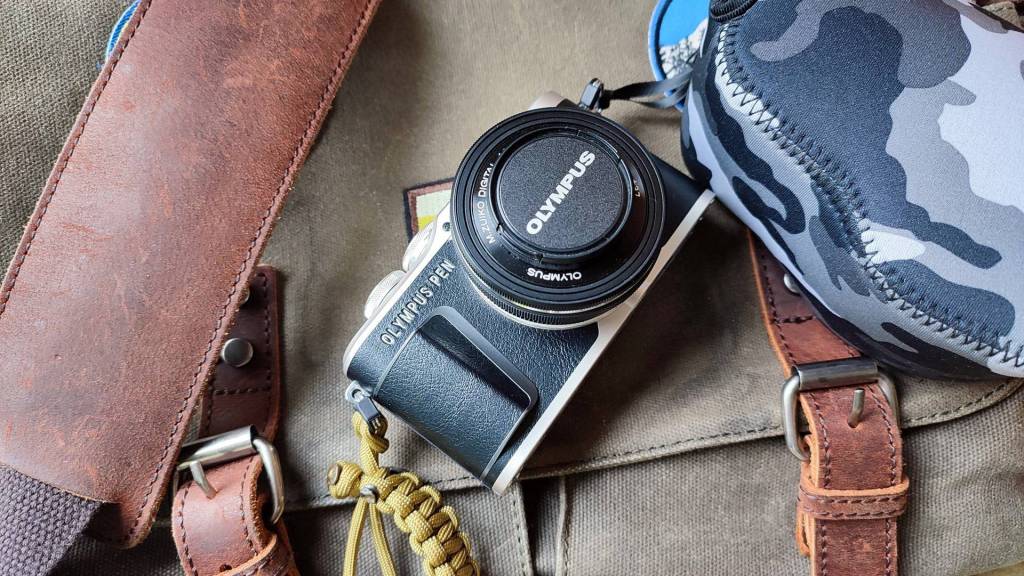
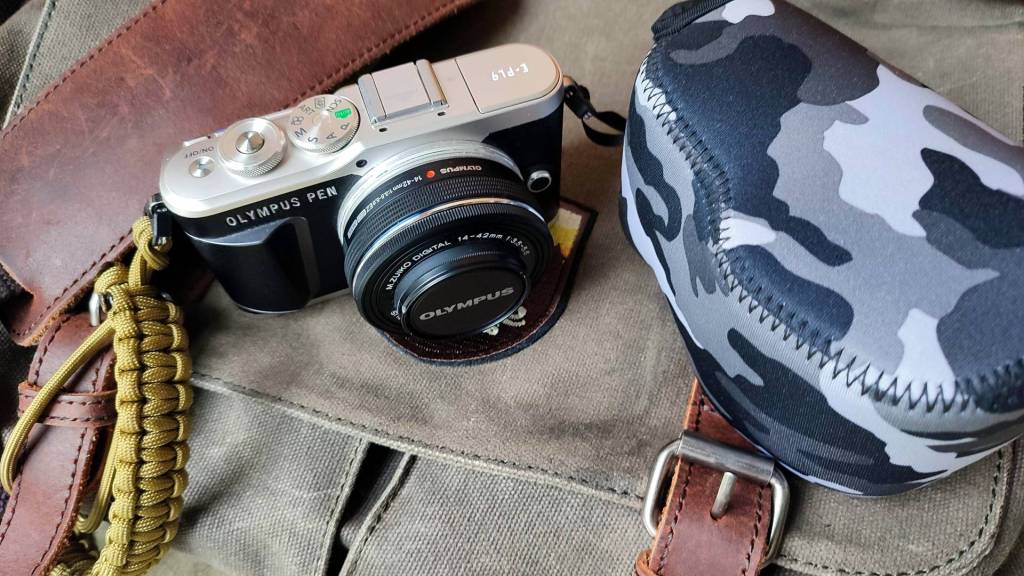
So, this camera comes with some important upgrades, such as the TruePic VIII image processor found in the E-M1 Mark II, an electronic shutter, more video options including 4K and slow motion, additional focus points, improved autofocus, sweep panorama, more film simulation options like art filters, and the addition of focus bracketing and Bluetooth.
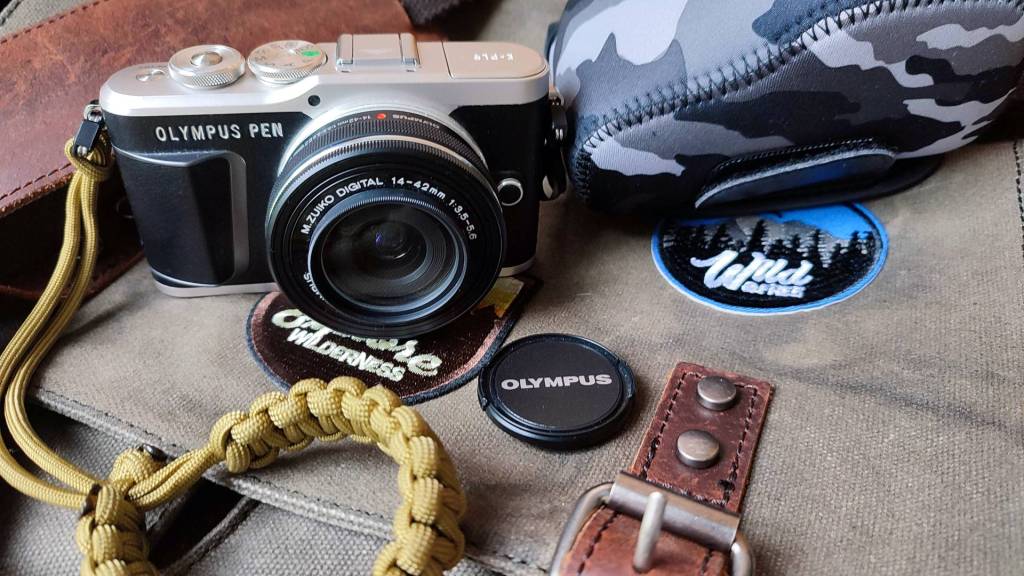
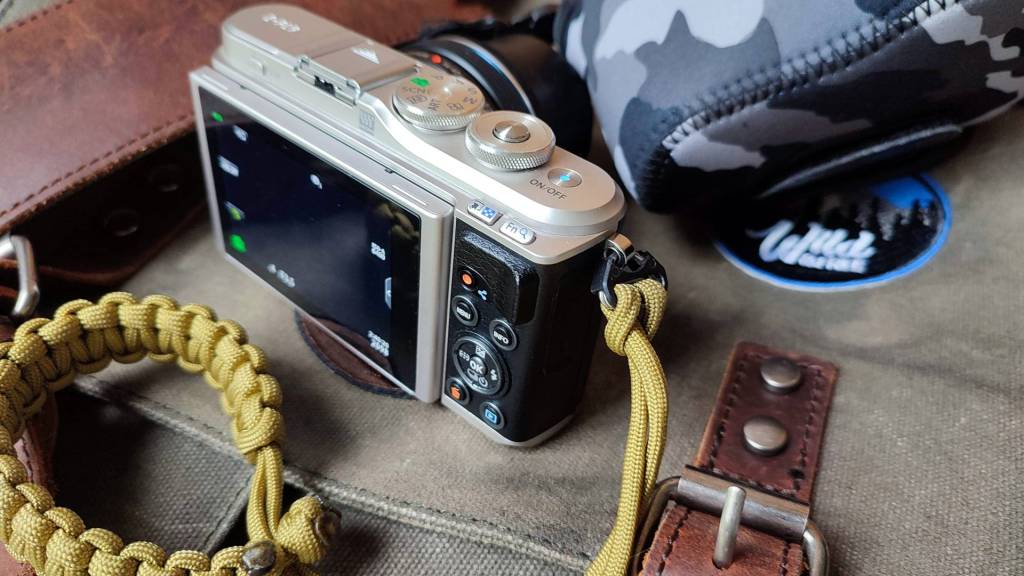
Unlike previous models, the camera lacks an external EVF port on top, but there is a good reason for that, but more about that later, you do get an electronic flash added, which can be convenient, eliminating the need for an extra one. In terms of size, it’s slightly larger than the E-PL7: 2mm wider, 1mm higher, and 1mm thicker, and it weighs 23 grams more. Additionally, the camera is four years newer than the E-PL7.
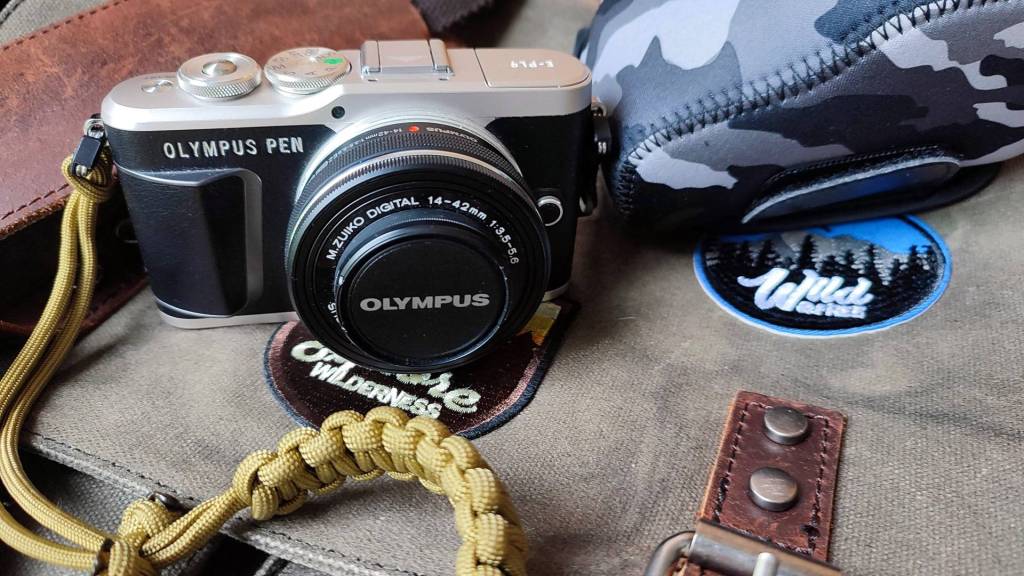
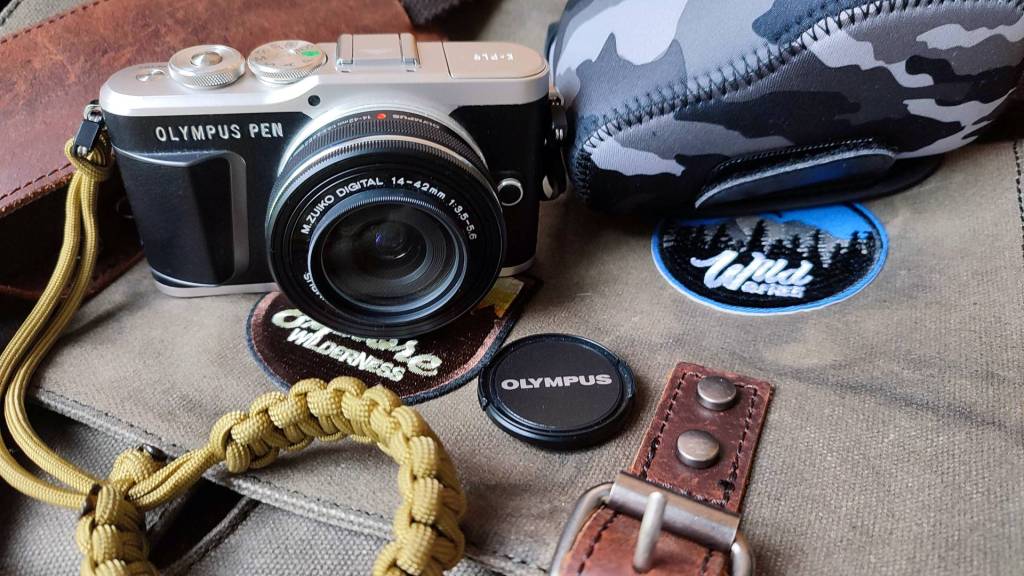
Regarding the cost, you can easily find this camera at a good price, much better than the E-PL10. Second-hand prices on eBay or MPB range between €200 and €350. I found one for €239 plus shipping, and it was in almost new condition, with 810 clicks on the counter. Various colors are available, including black, white and brown.
Now, let’s address the elephant in the room :
Let’s talk about the Electronic Viewfinder (EVF) or lack thereof. Yes, this is probably the biggest gripe for many, if not all, and I admit, I also used to see it as a downside in the past. Sure, if you strip the EVF from an E-M1, M5, or M10, you might have a point. But if you specificaly design a camera to be used like a smartphone, for those arm’s length shots, it’s tough to call it a flaw.
Removing the EVF makes the camera smaller, more compact, and way less conspicuous. The designers aimed to craft a camera like your smartphone but with better quality and more options, and that is exactly what Olympus has always written about it in their press communications and camera presentation on their website, but apparently no one has thought about it.
It’s about being discreet, not making people feel like their privacy is under attack when you snap a pic, just like with your smartphone ! Remember, you use this camera in situations similar to your smartphone, and guess what, smartphones don’t have an EVF either ! So, the absence of an EVF or the option for one isn’t a drawback in this camera; it’s an Advantage !
Many photographers and reviewers keep seeing the camera and comparing it to a regular camera, and that is where the problem lies. This camera isn’t held back by not having an EVF—it’s intentionally designed to break away from the typical mirrorless style and lean more towards a smartphone vibe. So, if you’re really craving that EVF experience, maybe consider checking out the E-M10, M5, or M1 models. They’ve got you covered !
Conclusion :
Perhaps you already have an older Olympus E-PL camera and are considering an upgrade. Or, like me, you may own an E-M1, M5, or M10, but find it inconvenient at times—either too large, too heavy, or too conspicuous. In such cases, this camera could be the solution. And the E-PL9 has some useful improvements over its predecessors.
Just as I use my E-M1 Mark III for nature and bird photography with long telephoto lenses, this camera has its own niche where it excels. The real strength lies in the flip and tilting LCD screen at the back, which can be utilized in many different ways, like as a “waist-level” viewer on the street for unobtrusive photography, or close to the ground for capturing stunning architecture or macro photos. It allows you to shoot from above at a crowded event or above obstacles, even shooting backwards, and it doesn’t even have to include you either 🙂 Be imaginative with the screen and explore different possibilities.
Shooting without the Electronic Viewfinder (EVF) turns this camera into a real creative beast ! Forget about those bulky telephoto lenses and hefty primes – this camera is all about fun and experimentation, encouraging you to play with creative lenses and embrace a less-than-perfect, but totally artistic, vibe. Blur to accentuate, light flares for drama, and dreamy bokehs for that extra touch of magic – this camera got it all. And let’s not even get started on the built-in Art effects – it’s like having a toolbox of visual delights right in your hands !
It feels most comfortable out on the street, among people, serving as a documentary camera for exploration, as a reporter camera, on large public events, festivals, vacation, and various other situations. Simply toss it into a bag with your personal items on your daily voyage through the world, to discreetly capture moments, similar to using a smartphone but with a professional touch.
| Pro | Con |
| Compakt design | Non found |
| Many features like electronic shutter | |
| TruePic VIII engine, same as E-M1 MKII | |
| Good button placement | |
| Built in flash | |
| NO EVF ! |


The photo gallery of Open Source Photography, Olympus micro 4/3 system, Vintage Lens Photograpy, Film Simulation, PictureFX, HDR – Photographer : Marc R.
Discover more from Open Source Photography
Subscribe to get the latest posts sent to your email.


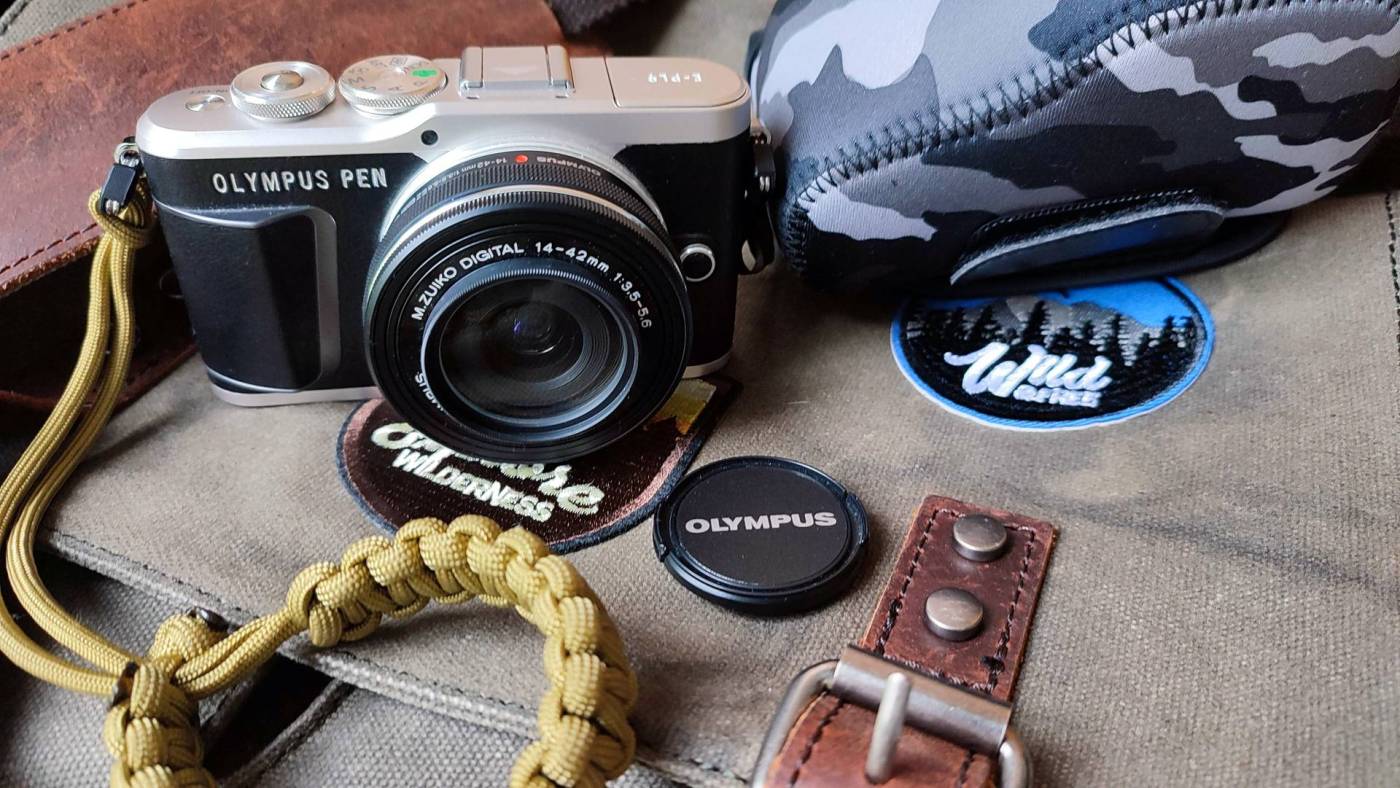

Fully agree about not having the EVF. On my X-T3, since using the E-PL8, I’ve grown fond of just using the LCD panel.
LikeLiked by 1 person
Thank you Mark, we have become so used to the EVF on our cameras that we sometimes think we can’t live without it, but our smartphone has proven the opposite, and so have these E-PL series cameras. But, every type, with or without EVF has its place.
LikeLiked by 1 person